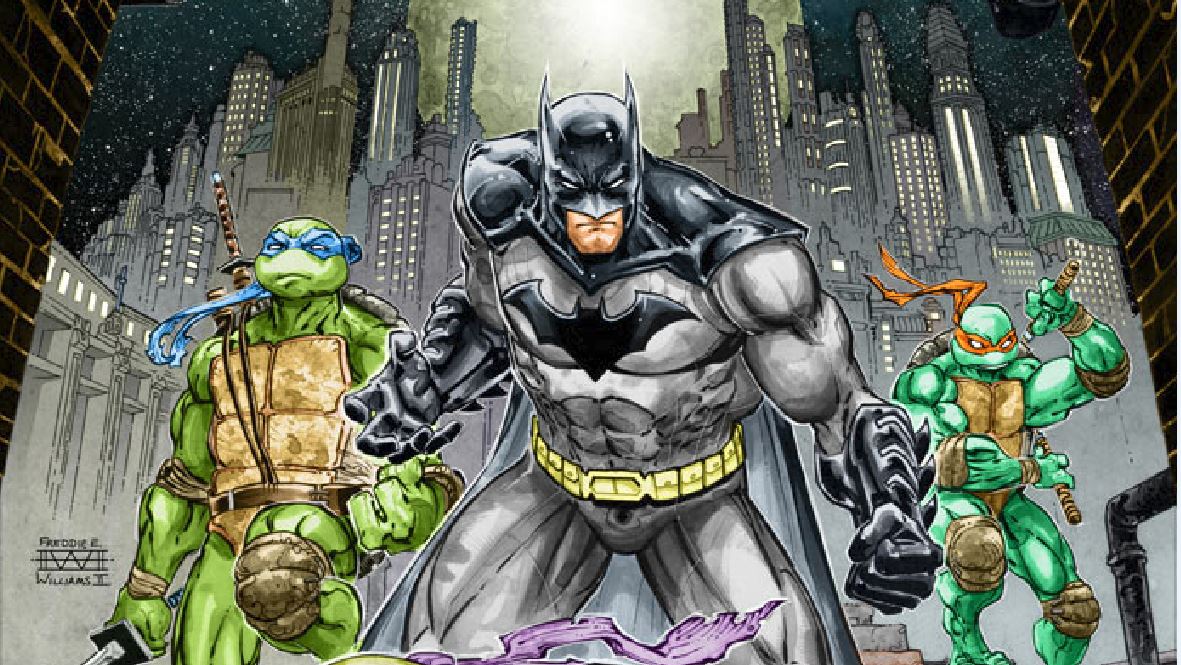
 Before the Internet, successful genres spawned pencil and paper games, not MMORPGs. In the case of cyberpunk, the gritty ’80s dystoptia created by a (then) new breed of science fiction authors, bred a number of fantastic and not-so-fantastic cyberpunk RPGs. Chiefly among them were Cyberpunk 2020, published by R. Talsorian Games, and Shadowrun, published by FASA. CP2020 was classic mirrorshades, a massive dose of Neuromancer with a touch of Sterling and Bethke. Whereas, Shadowrun came up with a new angle — imagine the Gibson-esque cyberpunk world, but throw in the return of magic! Borged-out elf wizards, hacker orks and troll samurai proved a compelling combination.
Before the Internet, successful genres spawned pencil and paper games, not MMORPGs. In the case of cyberpunk, the gritty ’80s dystoptia created by a (then) new breed of science fiction authors, bred a number of fantastic and not-so-fantastic cyberpunk RPGs. Chiefly among them were Cyberpunk 2020, published by R. Talsorian Games, and Shadowrun, published by FASA. CP2020 was classic mirrorshades, a massive dose of Neuromancer with a touch of Sterling and Bethke. Whereas, Shadowrun came up with a new angle — imagine the Gibson-esque cyberpunk world, but throw in the return of magic! Borged-out elf wizards, hacker orks and troll samurai proved a compelling combination.
The two games (along with a couple of sub-par competitors) ran their course well into the ’90s when cyberpunk fiction turned to post-cyberpunk. And then, as all roleplaying games seem to do eventually, they went out of print. Of course, now we’re in the ’00s and old roleplaying games don’t die, they just get licensed out to ex-employees or rabid fans and come back to life in a new edition.
(Shadowrun has also inspired four video games, including this one released in 2007.)

 Cyberpunk, tied too closely to the played-out mirrorshades shtick and hampered by a clunky rules system, is on life support. Its latest edition came out after 8 years to little fanfare, with the old setting (complete with Soviets!) and old game system abandoned. Whereas, Shadowrun hasn’t looked this good in years. Its fourth edition rules, published by Catalyst Game Labs, continues to impress with its logic and ease of adoption.
Cyberpunk, tied too closely to the played-out mirrorshades shtick and hampered by a clunky rules system, is on life support. Its latest edition came out after 8 years to little fanfare, with the old setting (complete with Soviets!) and old game system abandoned. Whereas, Shadowrun hasn’t looked this good in years. Its fourth edition rules, published by Catalyst Game Labs, continues to impress with its logic and ease of adoption.
So what is Shadowrun all about? Imagine the world changing in 2012. Forget merely a few revolutions — this is change on a cataclysmic scale. Earthquakes and tsunami wrack the earth, while plagues infect the populace. It is the end of the Fifth World, as measured by the 5,000-year Mayan calendar, and the beginning of the Sixth: and with this new dawn, magic returned. Children were born in metahuman form, as elves, dwarves, trolls or orks. Other children transformed during puberty. Spellcasters began to appears, learning to tap the new power that flowed around them. Shamanic peoples, more in tune with this potential, found themselves possessing vast powers; the old governmental systems went by the wayside, replaced by giant corporations.
The players assume the roles of shadowrunners, deniable assets who hire their services out to Mr. Johnsons, anonymous representatives of corporate goliaths. They opponents face other shadowrunners, corporate goons, hackers, wizards, and Awakened critters. Did I mention dragons? Dragons are the big baddies of Shadowrun. If you find yourself dealing with a dragon, you’ll be lucky to get out with your life. They’re tough, of course, but they’re also the most cunning schemers you’ll ever face.
Now in its 20th year, Shadowrun’s slickly updated rules and still-fresh storyline make it one of the most compelling revivals of recent years.
Get the Shadowrun rulebook from Catalyst’s web site.
“Gunslinger Adept” illustration by Michael Komarck, courtesy of Catalyst Game Labs.

